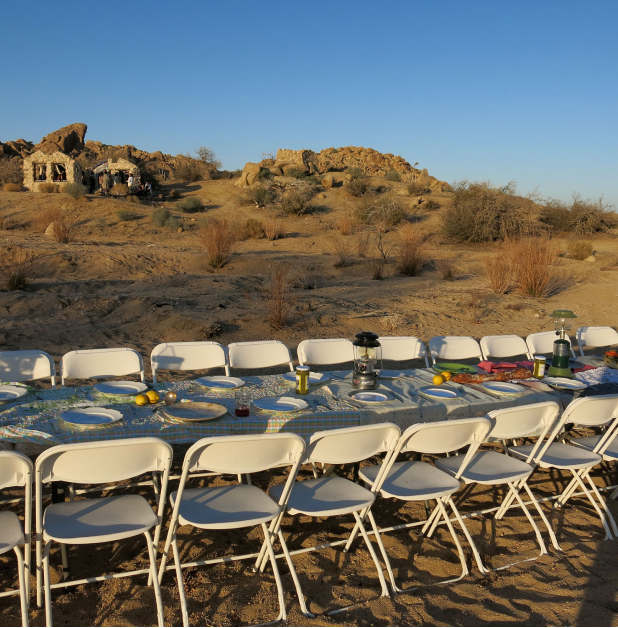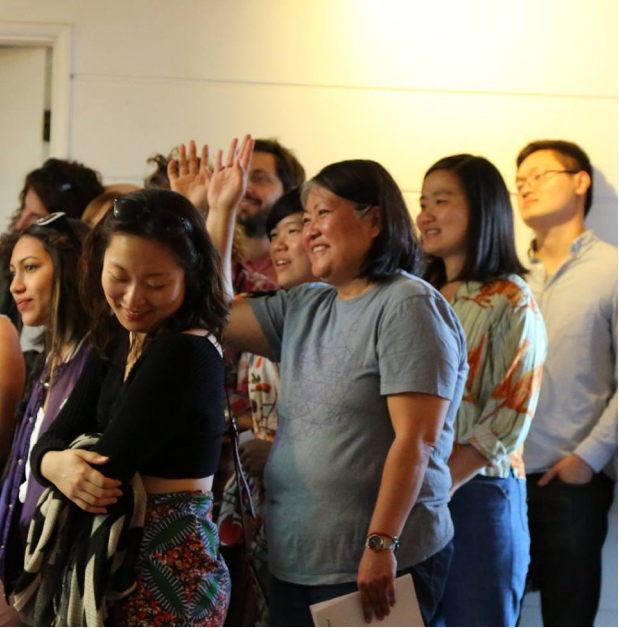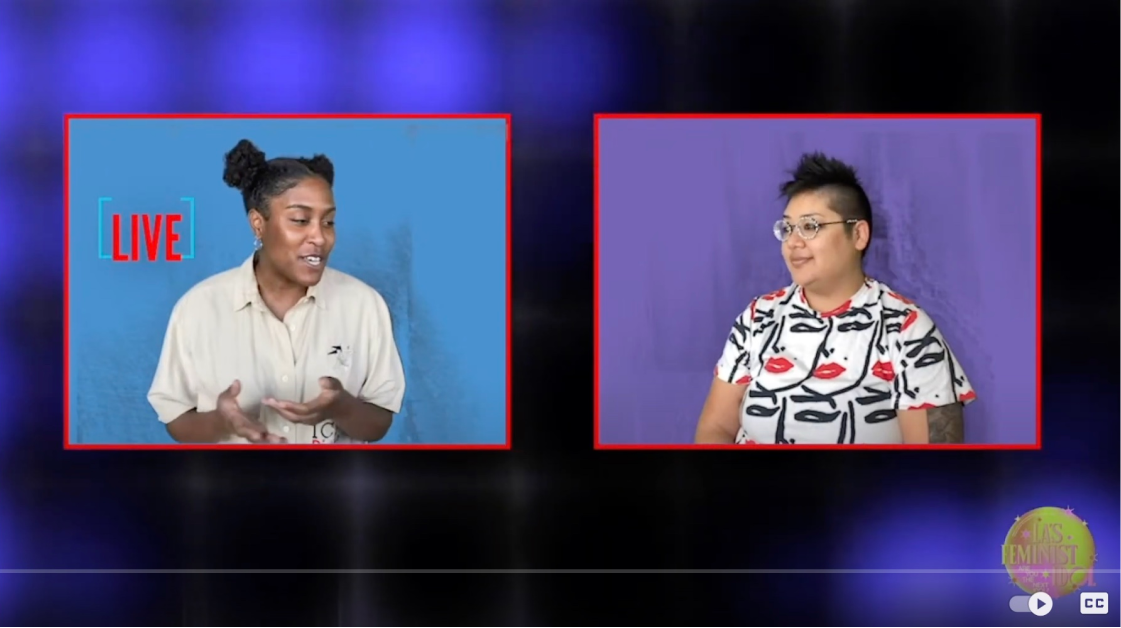History


The first rumblings of Feminist Center for Creative Work (initially, Women’s Center for Creative Work), began in late 2012 and early 2013 when the founders visited Doin’ it in Public, an exhibition that surveyed “the work of groundbreaking feminist artists, designers and artist collectives who gathered together at the Los Angeles Womanʼs Building from 1973 through 1991.” This show inspired them to bring their arts community together for a dinner to discuss the contemporary intersection of feminism and creative practice. The attendees of that first dinner expressed that this is what they felt the Los Angeles art world, and maybe many other worlds, needed: the cultivation of feminist, creative community.


After this, FCCW kicked off a research and development phase called Year Long Laboratory, and divided this process into four quarters of investigation: Histories, Economies, Communities, and Space. FCCW participated in residencies, hosted panels, discussions, workshops, and dinners in order to examine different institutional paradigms, network organizational structures, community models, and collective workspace arrangements to inform the groundwork for a feminist organization.


In April of 2015, with the support of a SPArt grant, FCCW moved into our first organizational home along the L.A. River in Elysian Valley. With volunteer labor and financial support from our community via our first membership drive, we fixed the space up enough to begin hosting programming and used it as a shared workspace. Over the next two years the space functioned as an experiment and celebration of our creative community with programming, from performance art to community organizing, culled from an open submission process, taking place almost every night. From here, we built a robust staff and continued to develop our programming, adding our Artist in Residence program and bringing the Feminist Library on Wheels to the space. In April 2019, we launched our publishing arm, Co–Conspirator Press and housed a print lab where the books were printed in house on a risograph. By the time our first five-year lease was coming to an end in early 2020, FCCW had grown into a vibrant and essential community arts space, bursting at the seams, and we considered what type of space we needed next.


However, like it did for most organizations, the pandemic drastically changed our plans. We were holding the lease to our new space when Los Angeles shut down in March 2020, and instead had to close our doors. Over the last two years, we have brought our programming online and into new digital formats, adapted our Emergency Health Grant for Artists to respond to the pandemic crisis, continued producing and distributing intersectional texts through Co–Conspirator Press nationally and internationally, and we conceived of and got to work producing SALIMA Magazine. While we continue these essential projects, which support intersectional feminist artists and writers and the production of new work, we are envisioning a new era of FCCW that supports a hybrid of the essential fostering of in-person community, while connecting to the expanded audience we’ve developed during this more de-centrallized period.